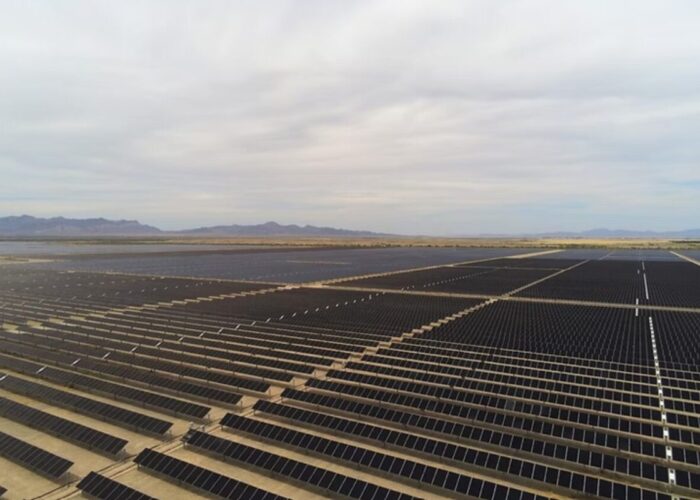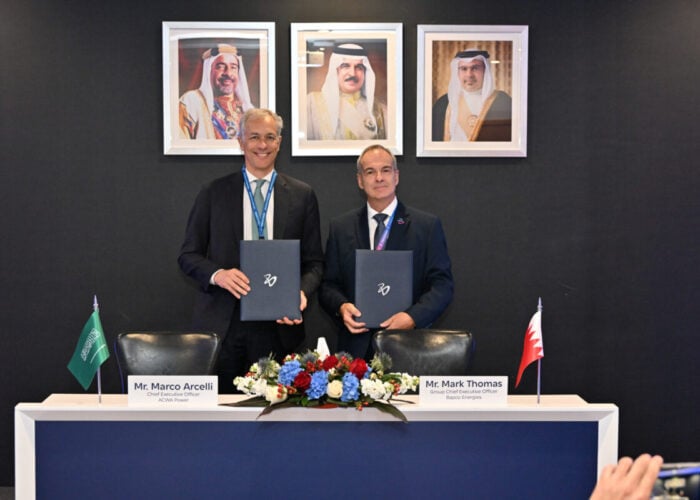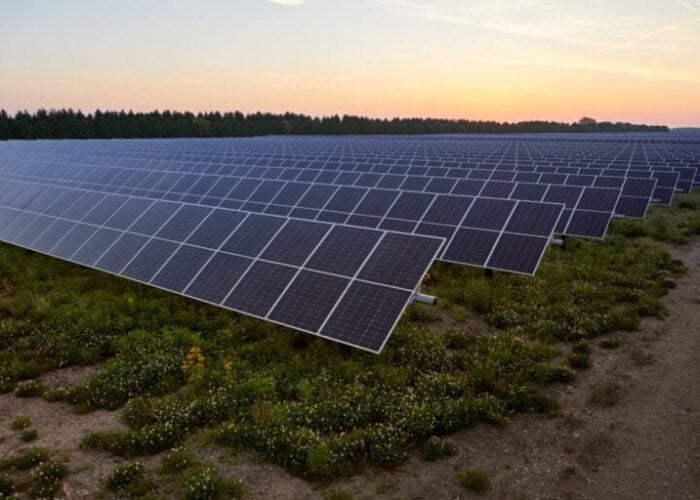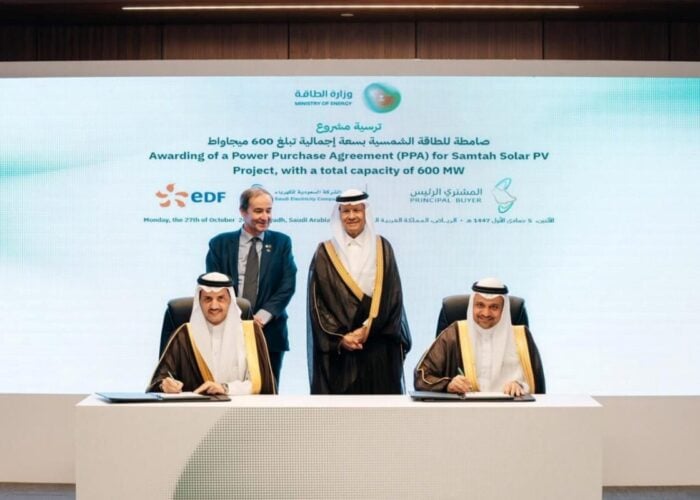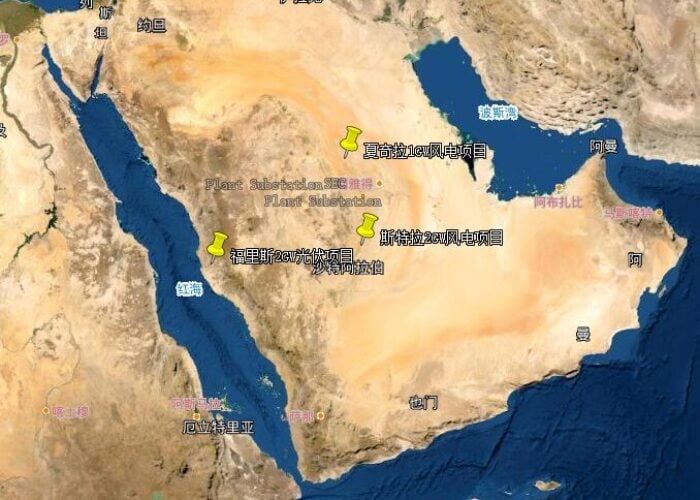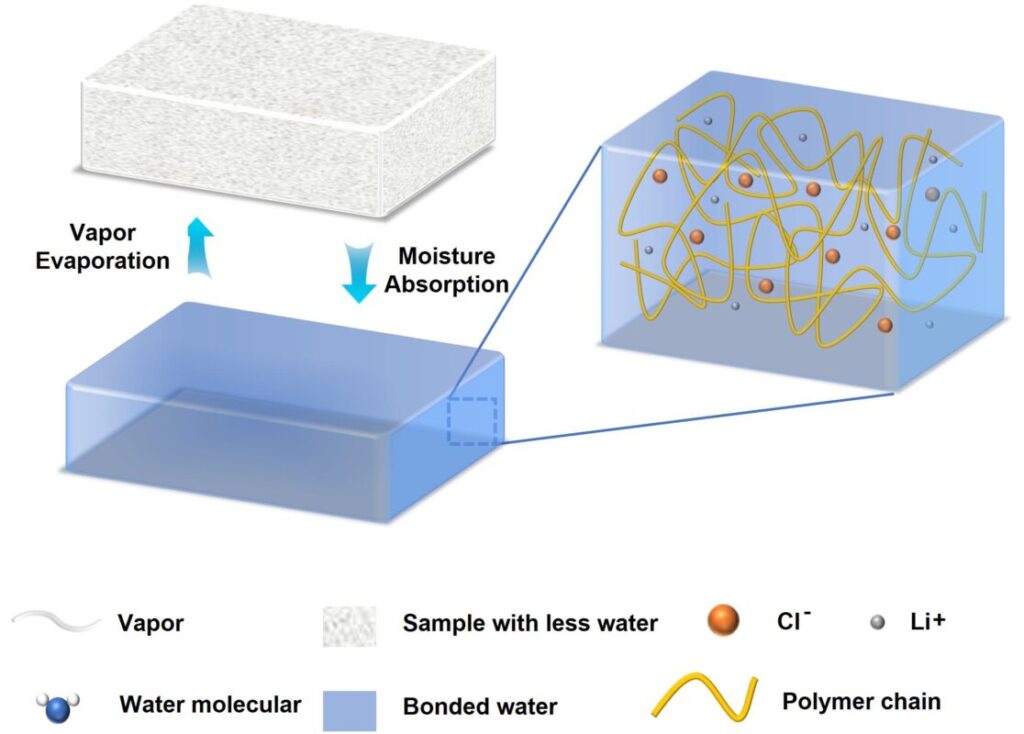
As solar projects spread across the world, it is no longer uncommon to see a project enduring a variety of challenging weather conditions, even in the most remote places, like Antarctica.
But these projects often won’t be correctly adapted to the climate where they’re deployed; the same module could be installed in a PV plant in Saudi Arabia’s desert as in the cold, Nordic winters. In the past few years, we have seen technology improvements in the solar industry and products catered to a specific application, such as trackers for hailstorms.
Try Premium for just $1
- Full premium access for the first month at only $1
- Converts to an annual rate after 30 days unless cancelled
- Cancel anytime during the trial period
Premium Benefits
- Expert industry analysis and interviews
- Digital access to PV Tech Power journal
- Exclusive event discounts
Or get the full Premium subscription right away
Or continue reading this article for free
More recently, international researchers led by a team from the King Abdullah University of Science and Technology (KAUST) developed a new cooling technology that they claim improves the longevity of a solar cell by 200% and its power output by 12.9%. All while reducing the cost of electricity generation by 18%.
The new cooling technology is technology agnostic, and can be applied to any type of solar cell, from p-type to n-type and even perovskite. This is because the cooling technology is not applied internally into the solar cell, explains Qiaogiang Gan, professor at King Abdullah University of Science and Technology (KAUST) and who led the study on the cooling technology.
“We developed a kind of new coating on the rear side of the solar [module]. Therefore, no matter what solar cell device you are interested in or want to implement, our technology can generally be applied to [that cell],” says Gan.
He adds that most cutting-edge solar cells have an overheating issue, as they might not have been designed for their applications in practical environments such as sandstorms, which will impact the actual performance of a module.
Gan also said KAUST focused on making a low-cost, easily scalable manufacturing solution. “It’s important to develop an inexpensive, cost-effective strategy. Otherwise, people cannot afford this type of technology.”
Saichao Dang, a postdoctoral researcher at KAUST and one of the leading researchers in the cooling project, adds that the fabrication method only requires a very easy mechanical stir process.
“Within several minutes, we can prepare a very large area of hydrogel. Then this hydrogel will be attached to the rear side of this solar cell,” explains Dang.
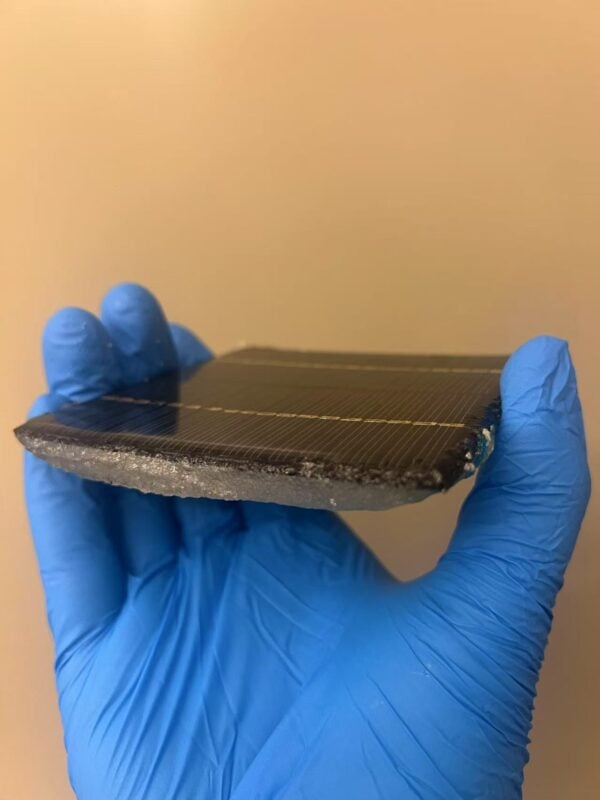
Technology catered for a specific environment
Even though the cooling technology was not specifically designed for Saudi Arabia’s weather—the study showed it works in any environment—it was the starting point for creating a solution to the country’s overheating issue.
“Our ambient temperature is much higher than in other areas. These local weather conditions introduced a special challenge, which means all the solar panels working in Saudi Arabia are overheated. According to a previous literature study, for every one degree Celsius temperature increase, the power conversion efficiency will degrade by around 0.5%. Every 10 degree Celsius increase will result in a doubling [of that degradation rate],” says Gan.
He says this shows the importance of testing technologies in the field, as laboratory conditions don’t accurately reflect harsh climates like the Saudi desert. Gan explains how a solar cell with 30% efficiency or more under laboratory conditions could only reach 15% or 20% efficiency in the field due to the high ambient temperature.
Researchers and scientists are continually trying to bring the efficiency of solar cells under lab conditions into the real world. “That’s why it’s extremely important to find ways to reduce the operational temperature of solar panels, especially in Saudi Arabia,” Gan says. “If we purchase two identical solar cells, one installed in Saudi Arabia and another one installed in North America, their operational temperature can be 10 to 20 degrees different. Therefore, the same product cannot produce the same power in Saudi Arabia.”
He says collaborations with policymakers and system designers are key to help identify the best strategy for using the right solar cells in the right environment.
The cooling technology designed by KAUST is best suited for the Gulf regions, tropical and humid conditions and coastal areas such as Singapore or Hong Kong, Gan says.
“The key principle of the technology is that during nighttime, our material absorbs moisture from the air, then during daytime, especially at noon time, when the solar panel is heated, it will evaporate this stored water and enable evaporative cooling.”
The importance of solar in Saudi Arabia
In Saudi Arabia and other Middle Eastern countries, it is not uncommon to see temperatures reach 50 degrees Celsius, with heat waves growing more frequent due to global warming. These temperatures end up affecting the efficiency and durability of solar panels over the long term..
Gan suggests local governments should consider solutions for their climate, rather than relying on a fixed standard design. “This might make a lot of difference,” he says.
In the case of Saudi Arabia, KAUST’s research could help the country meet its target of 200GW of PV capacity by 2030. Gan says that applying the cooling technology to commercially available solar cells could provide a 10% power output efficiency increase – effectively an extra 20GW on top of the 200GW target.
HE says KAUST are currently in conversation with industry players who are interested in the cooling technology and are looking into commercial implementation.

